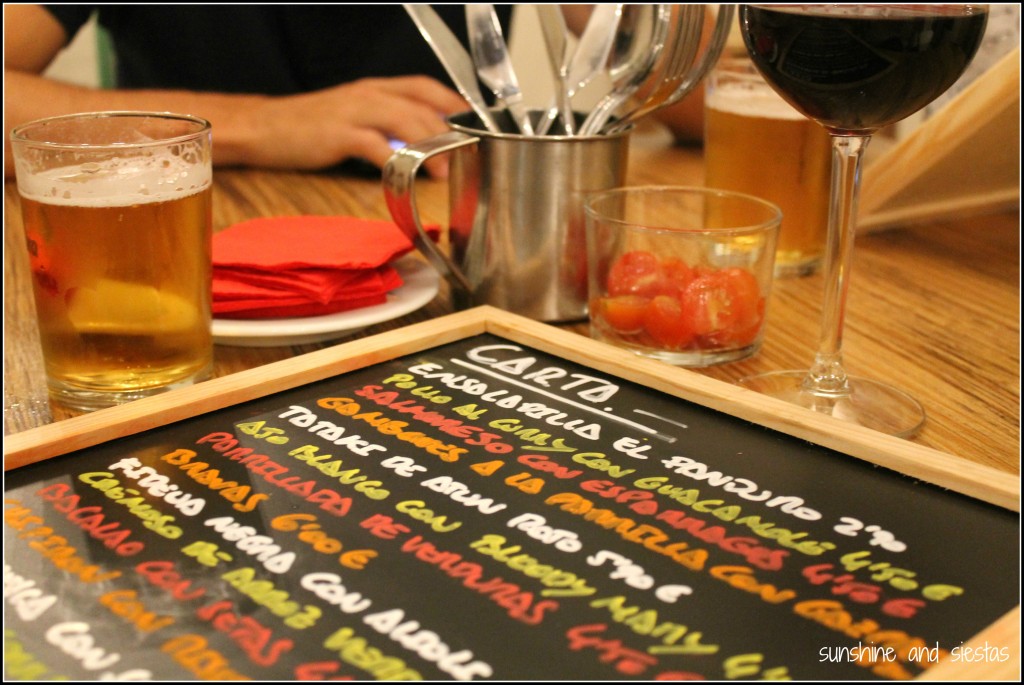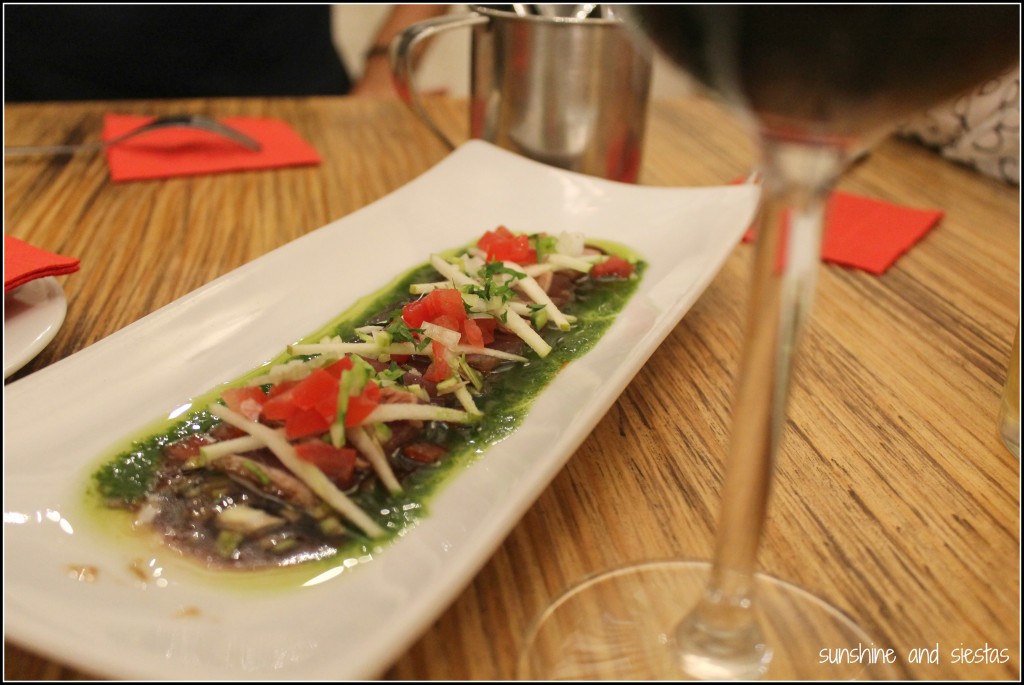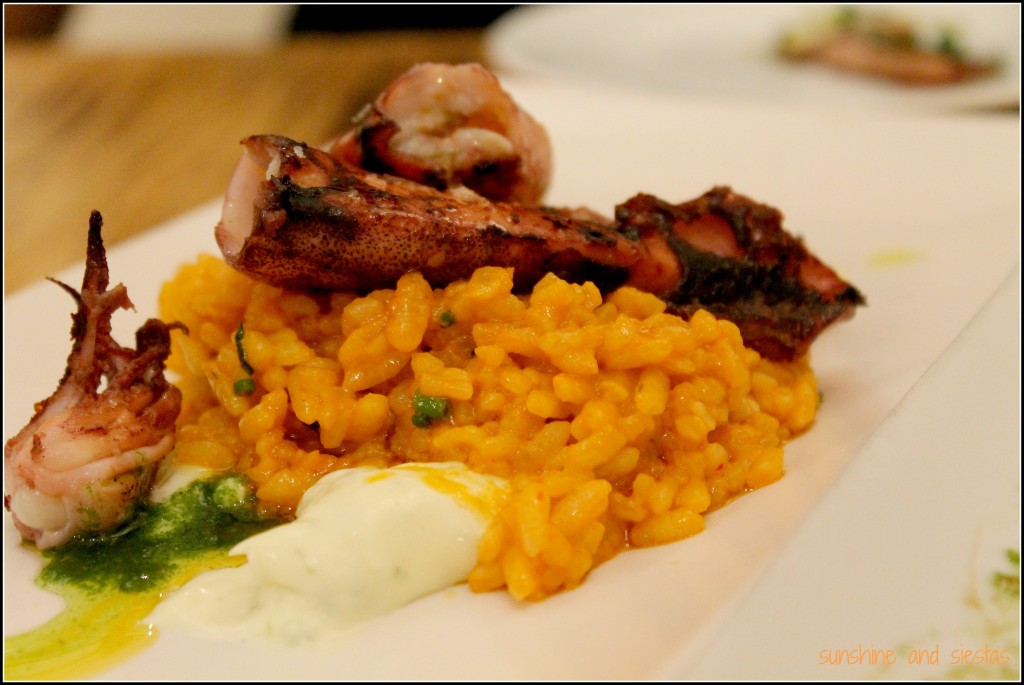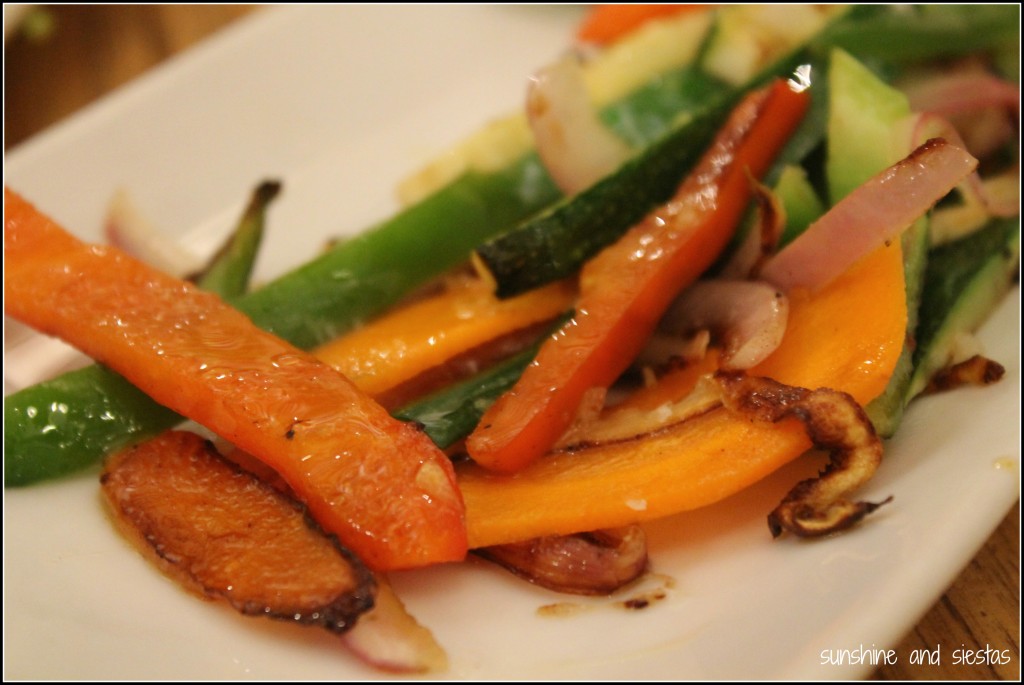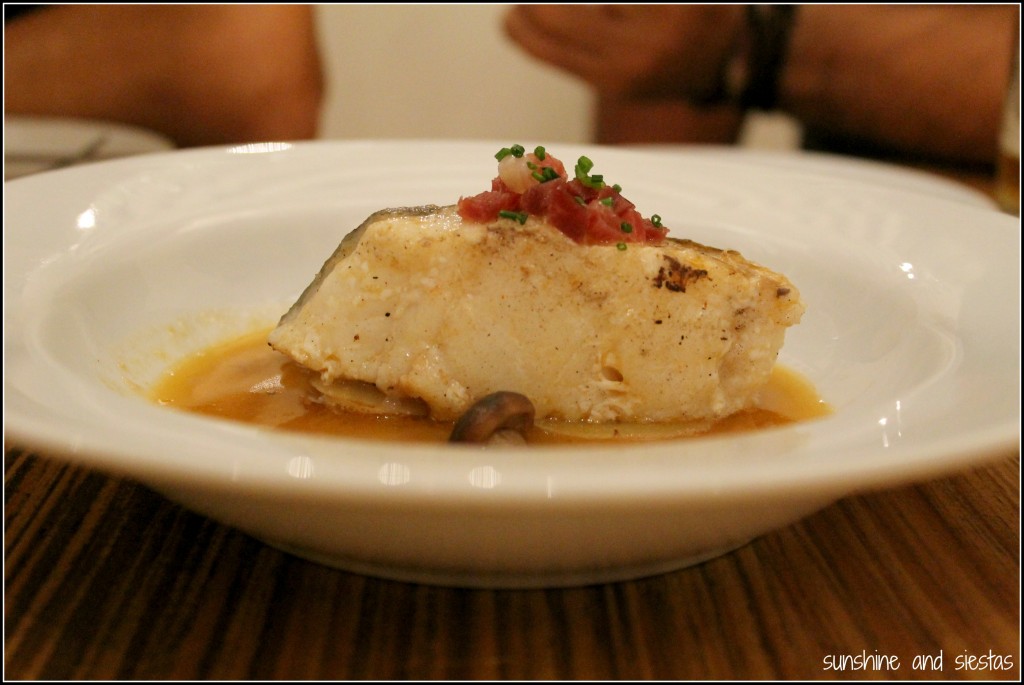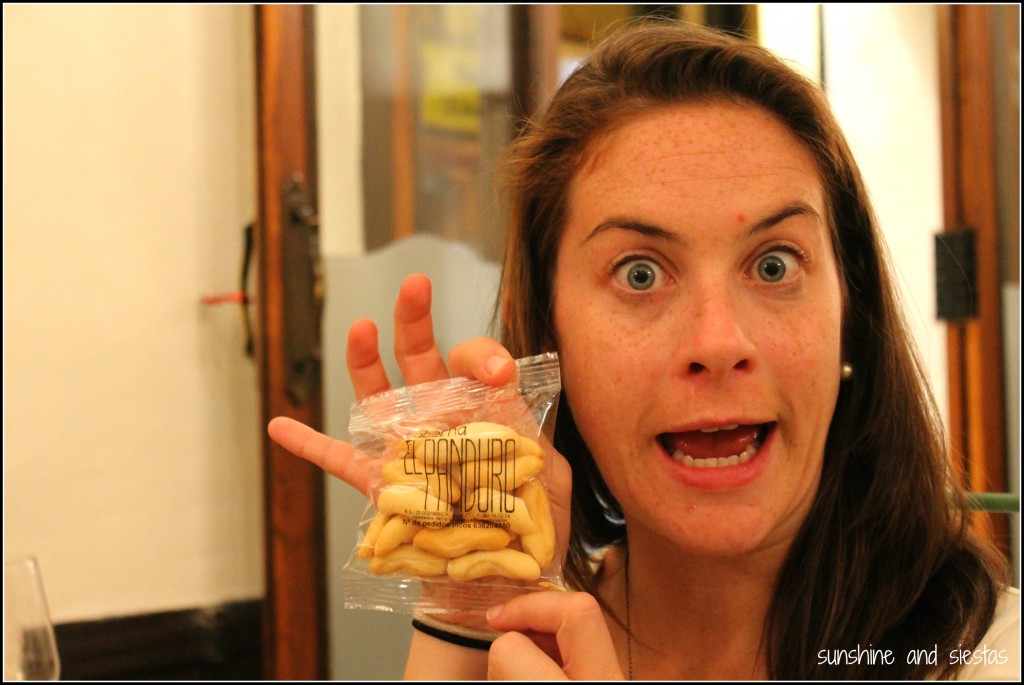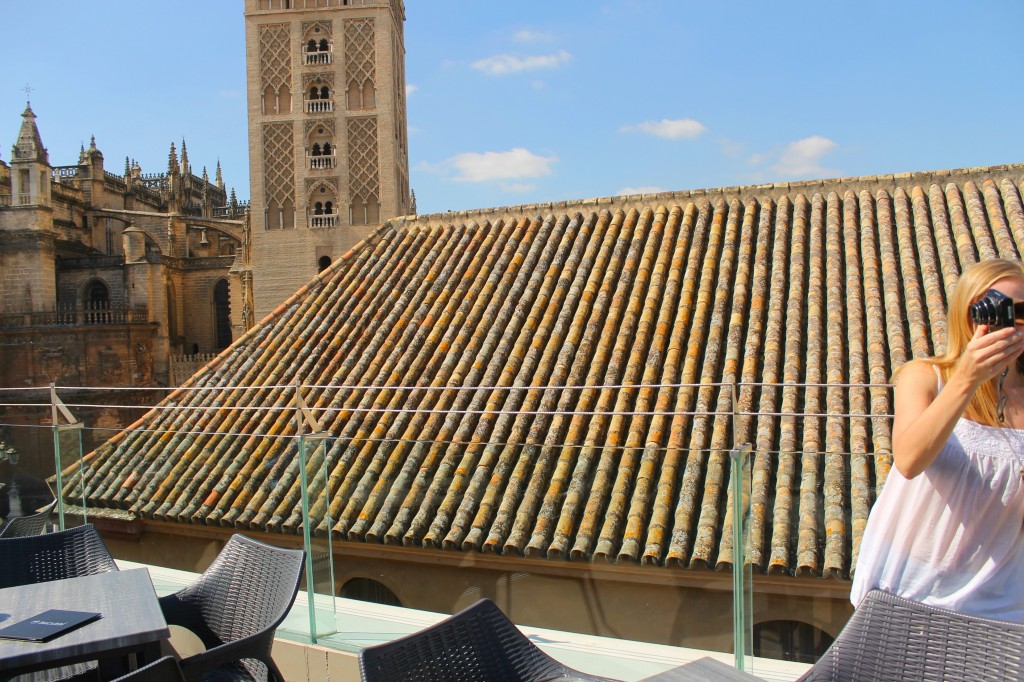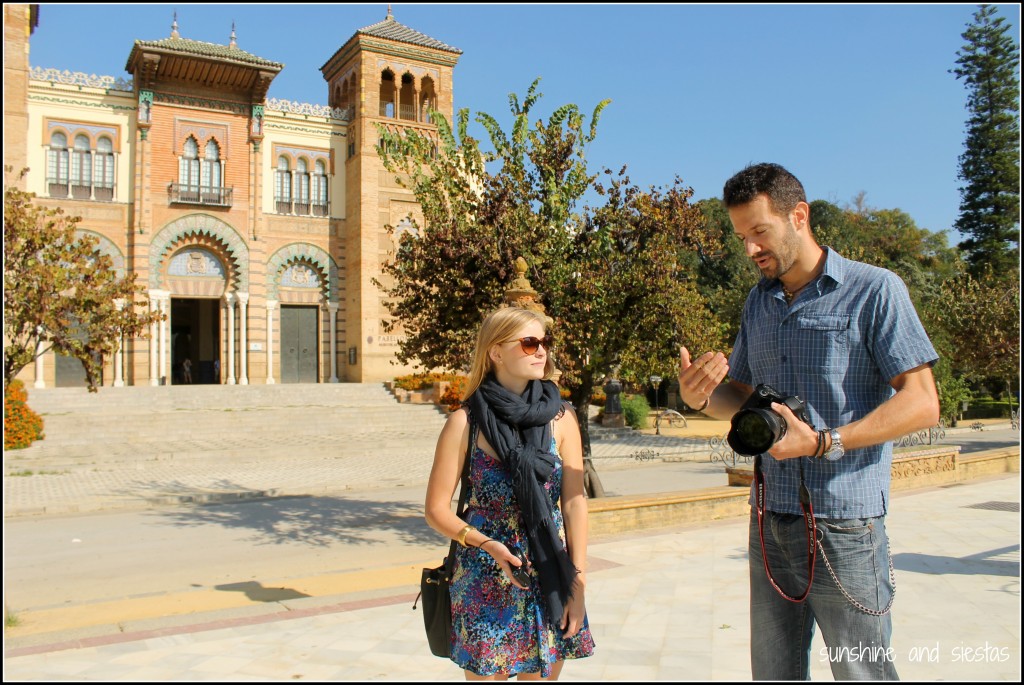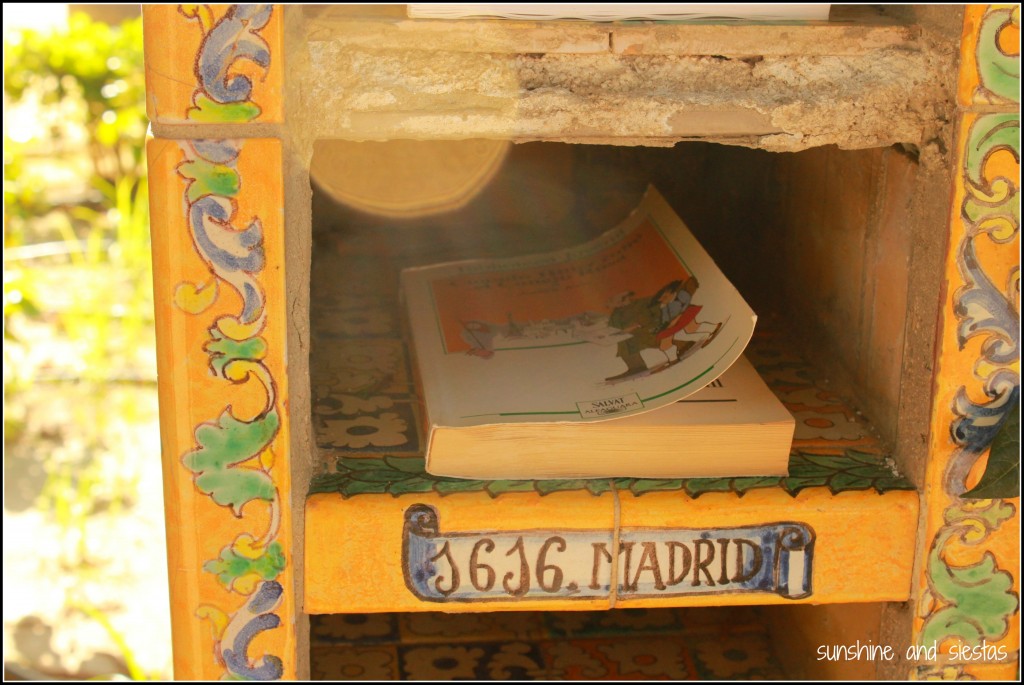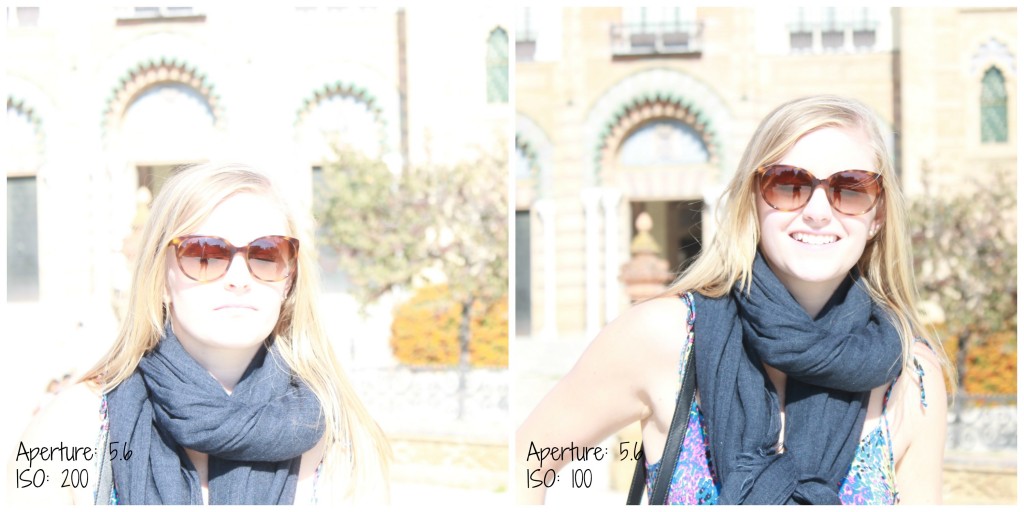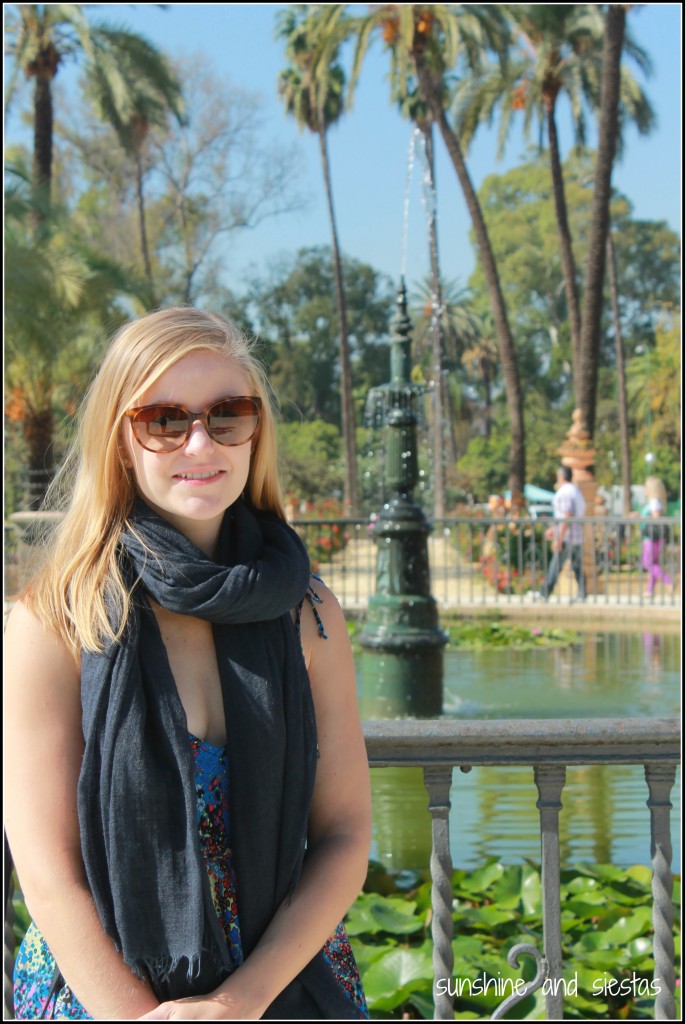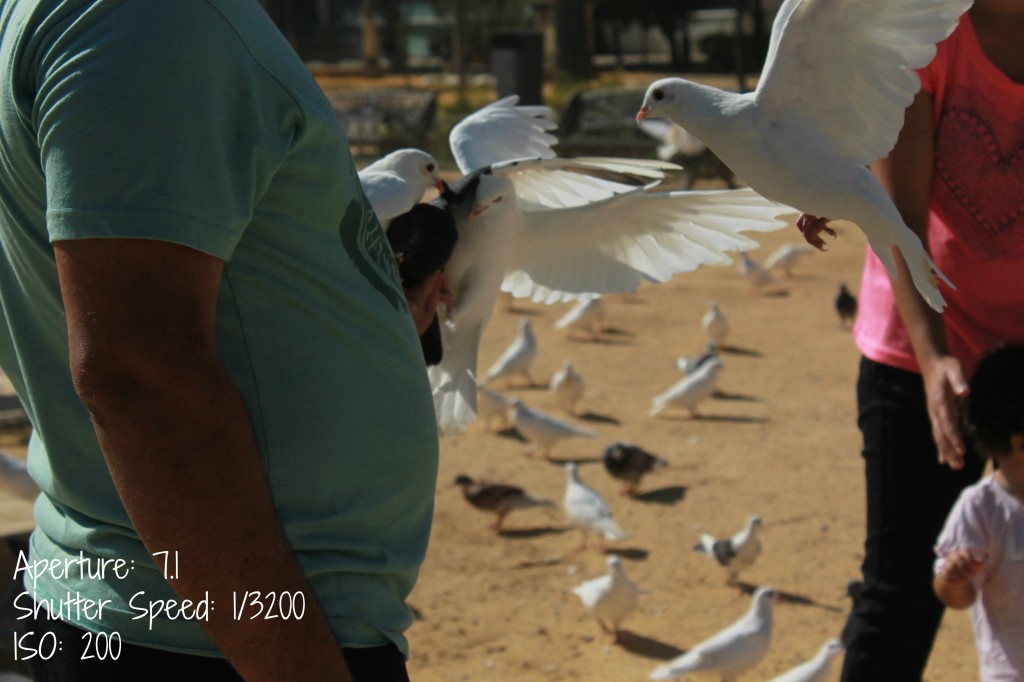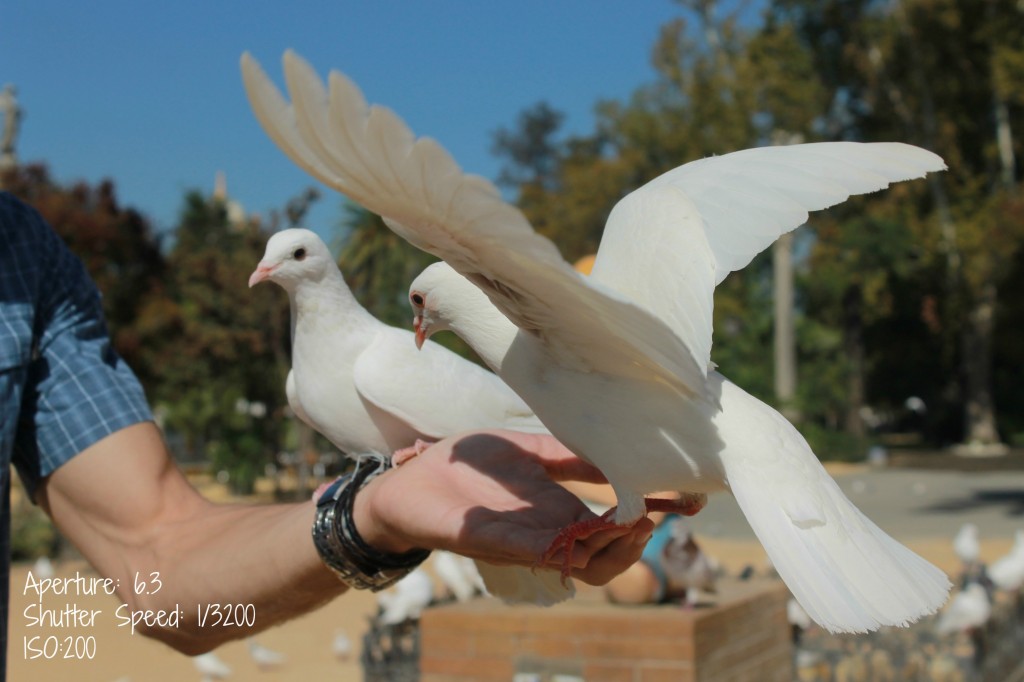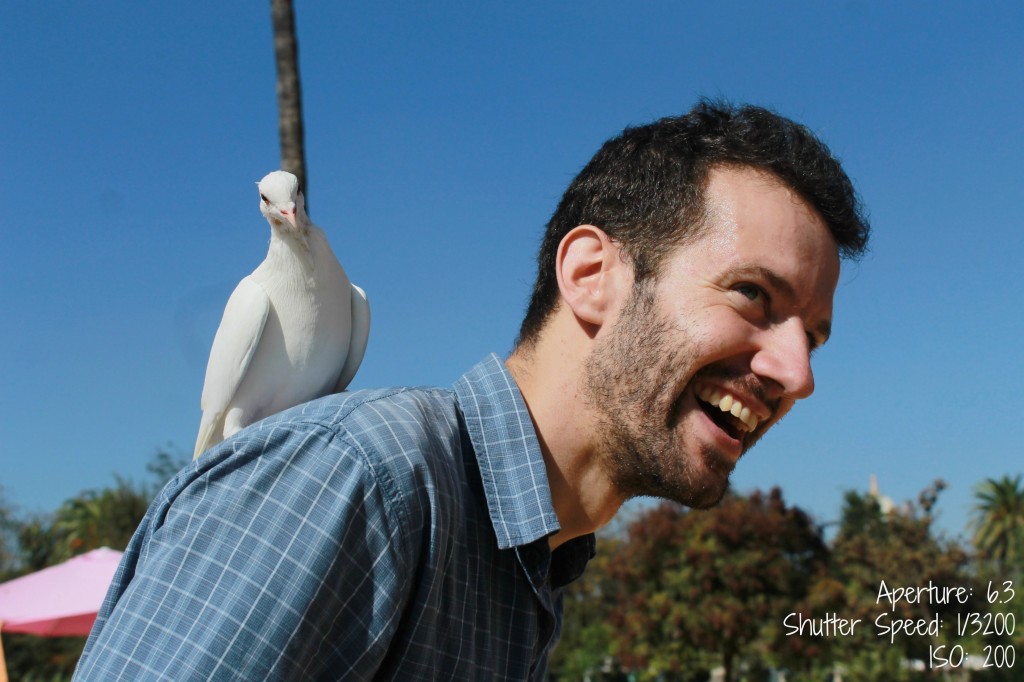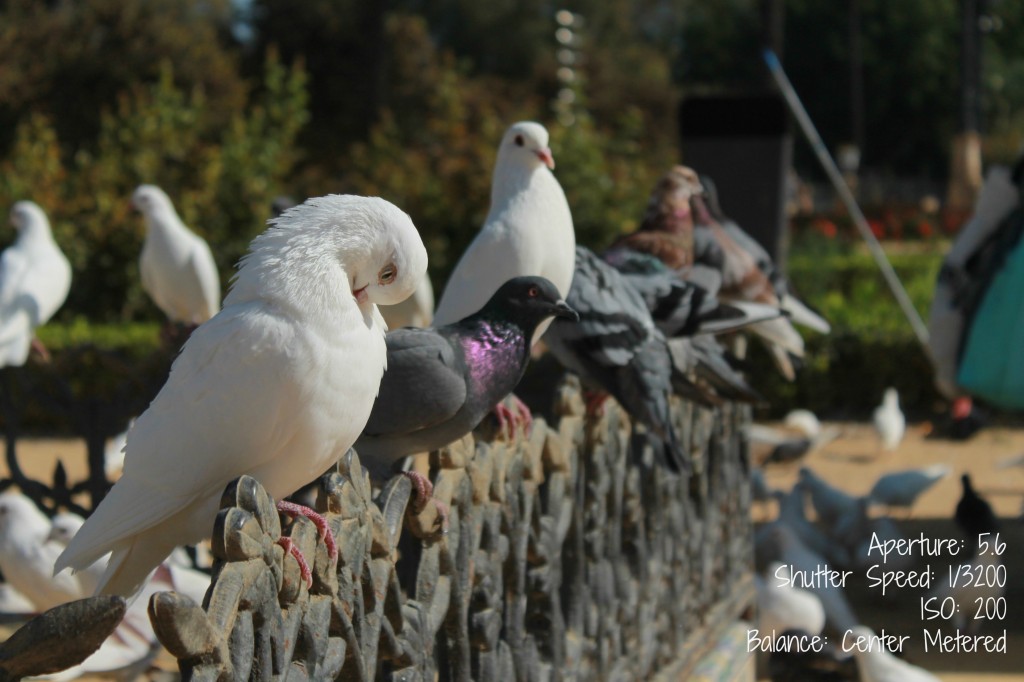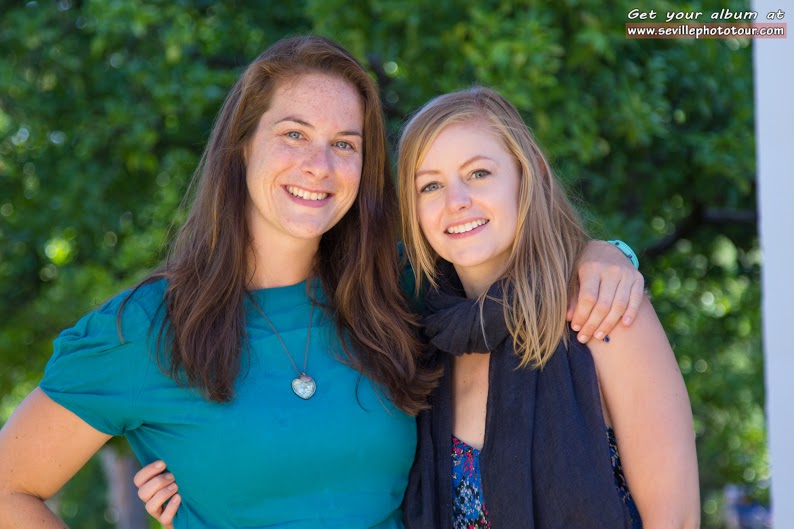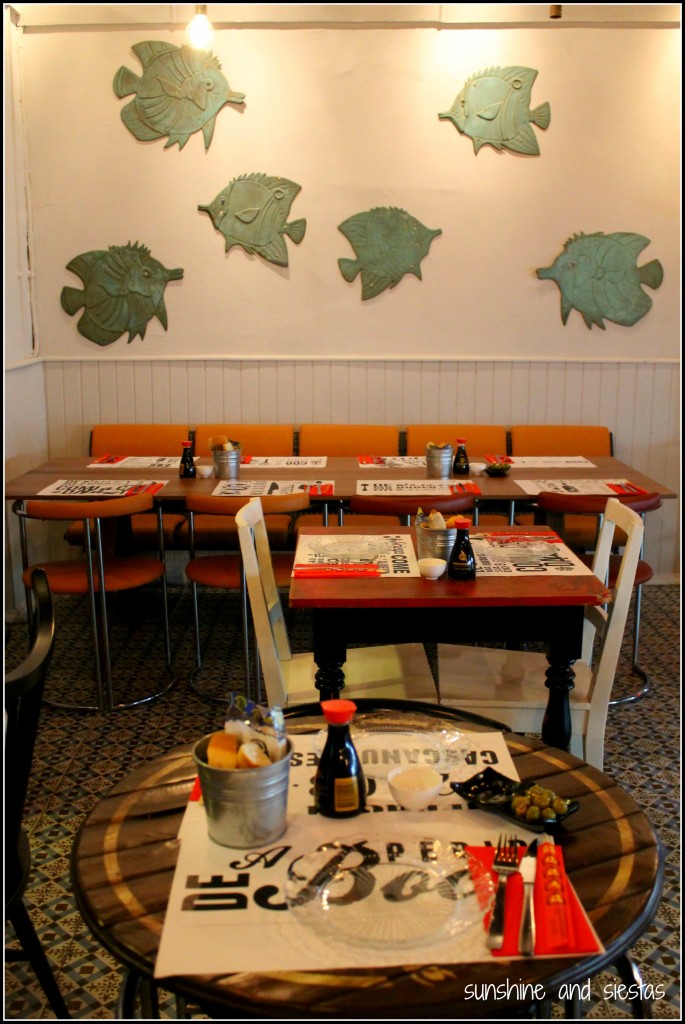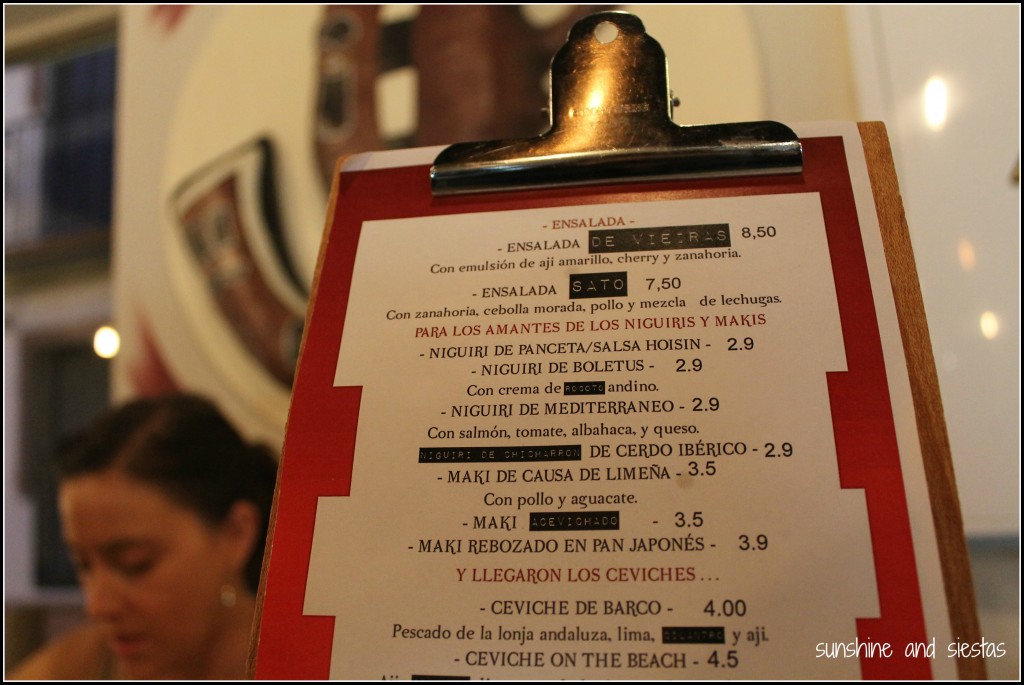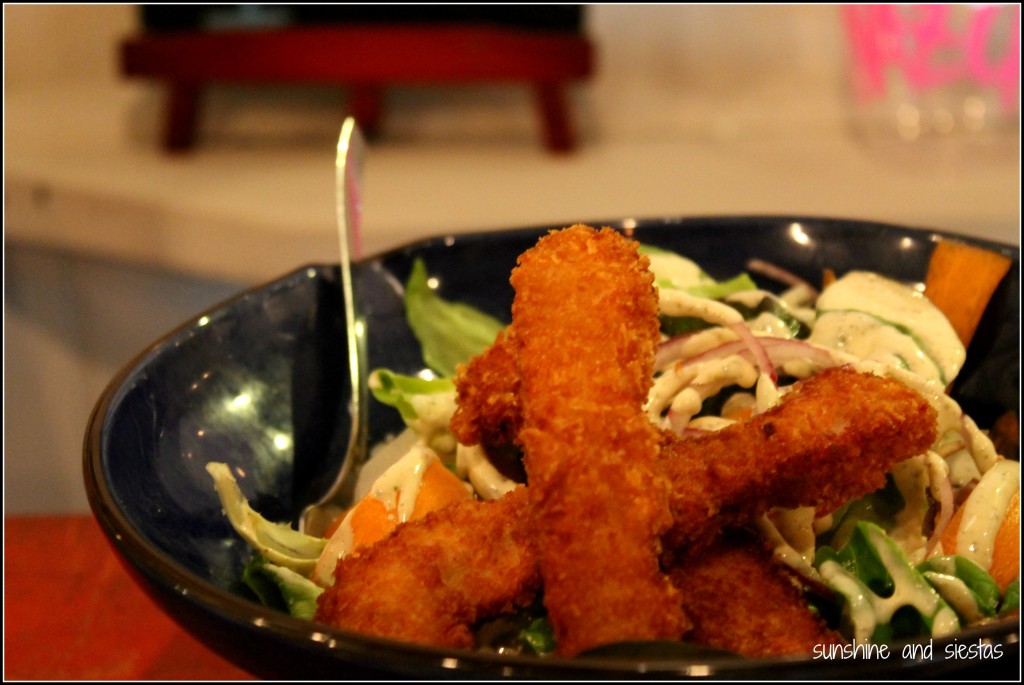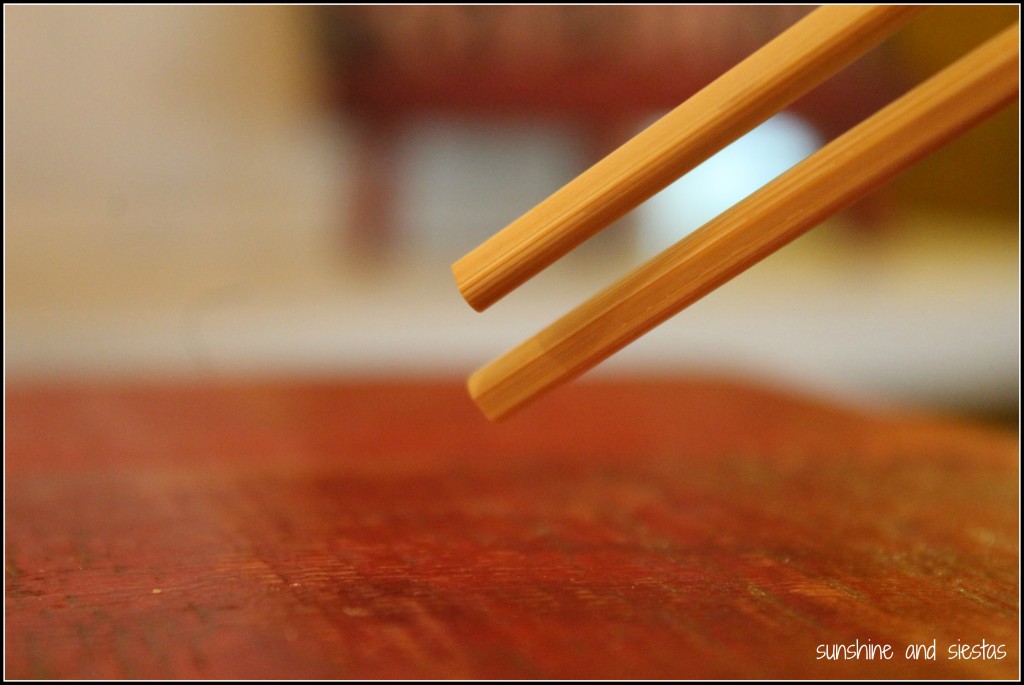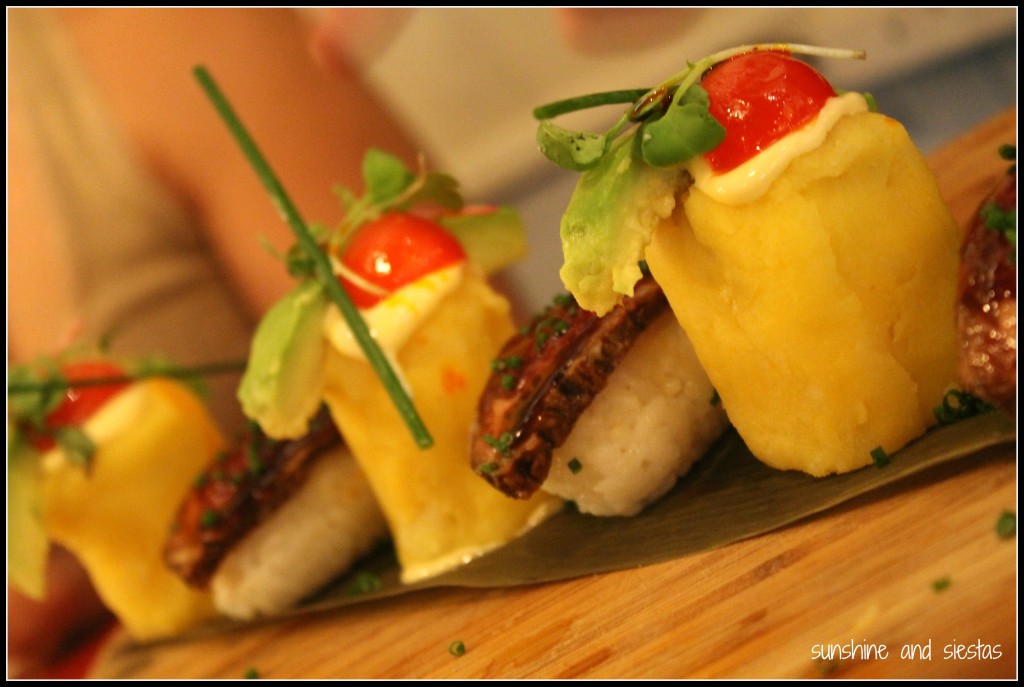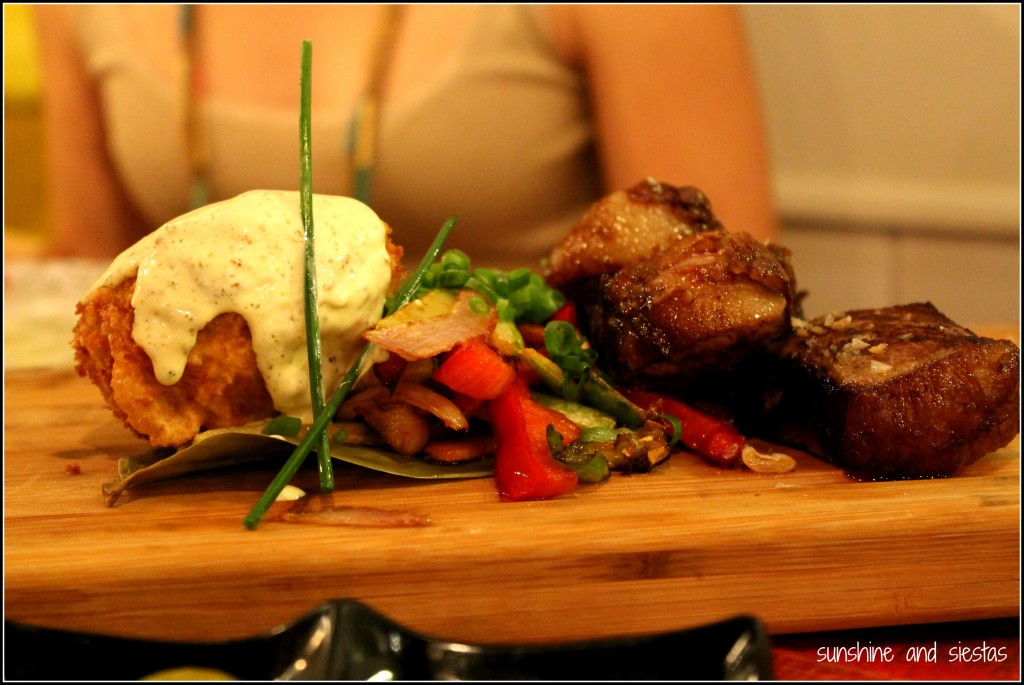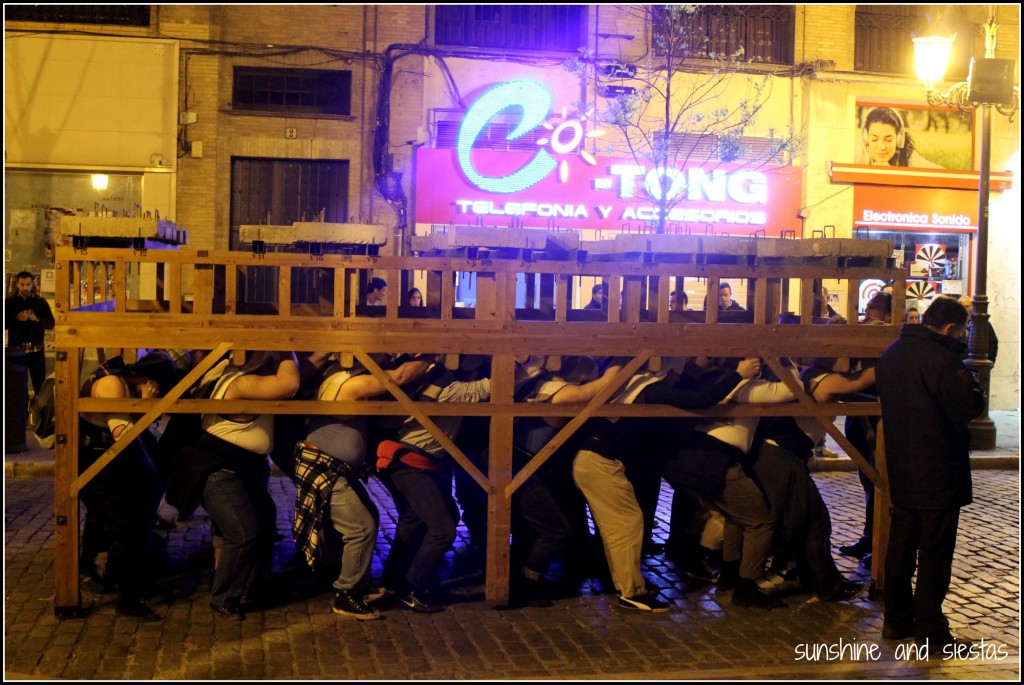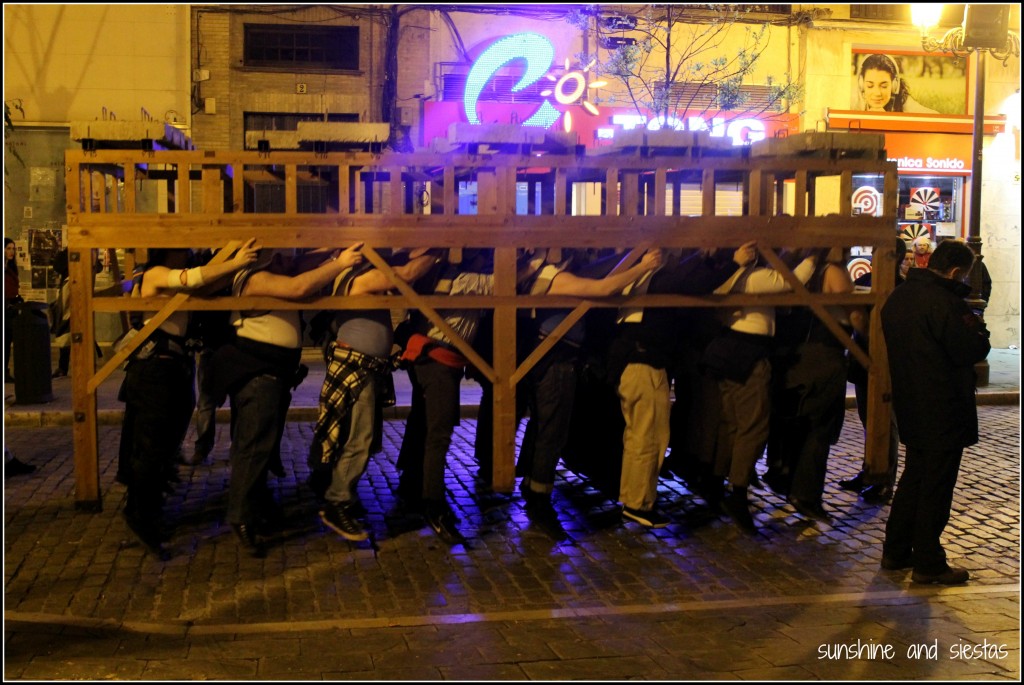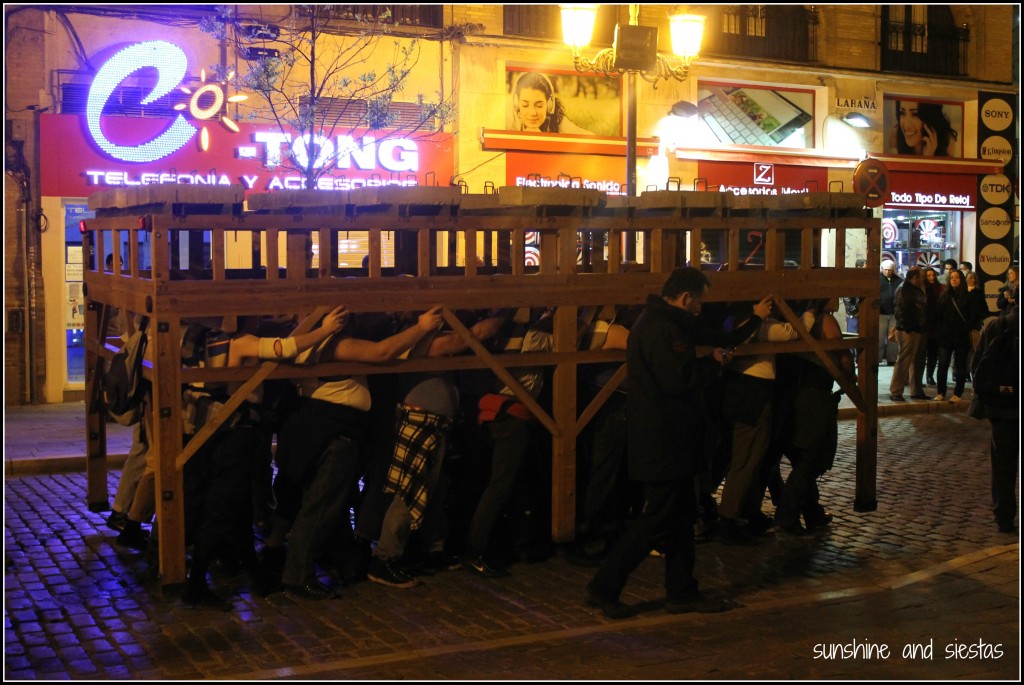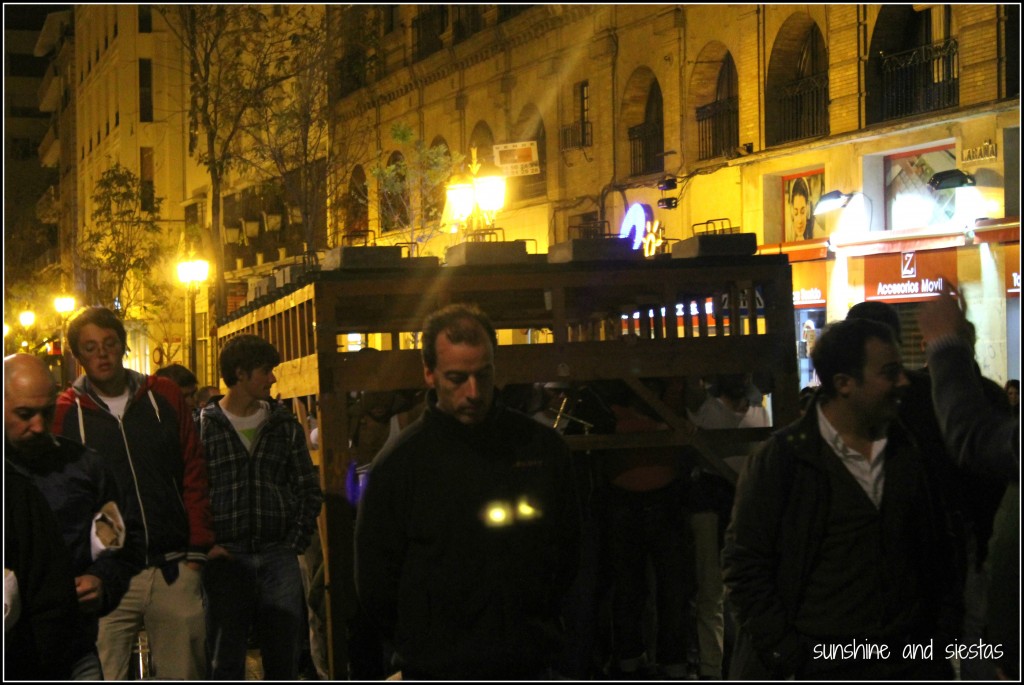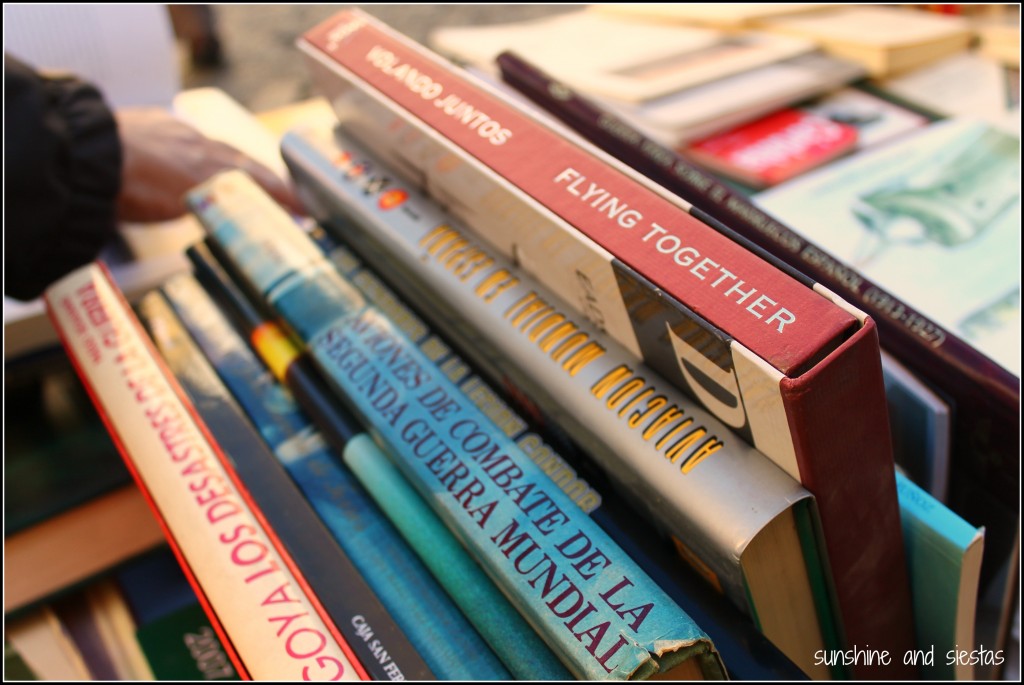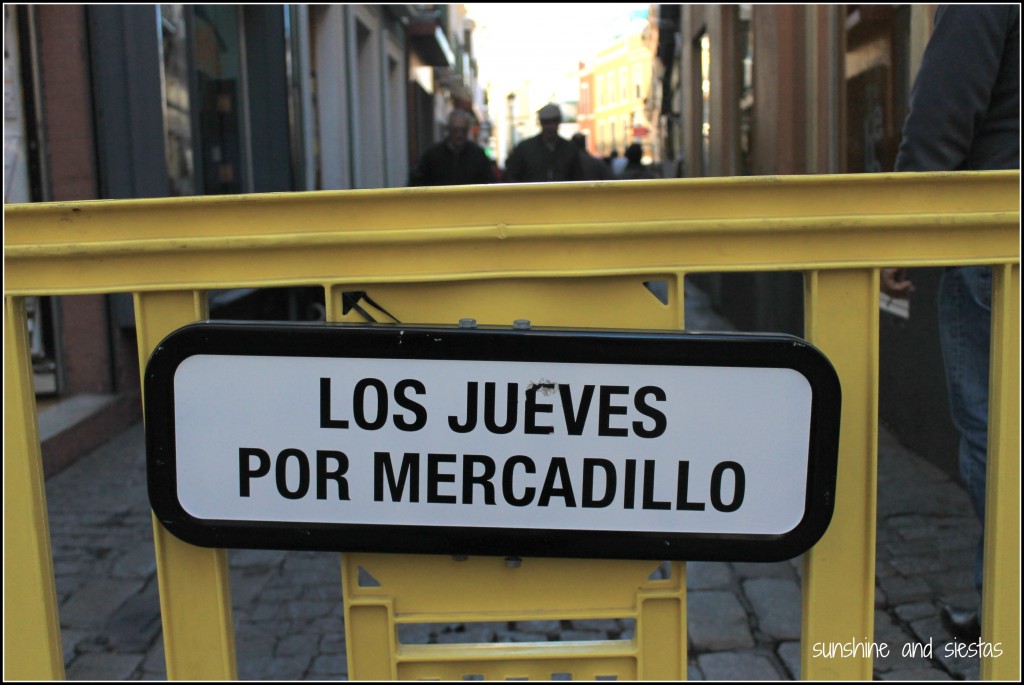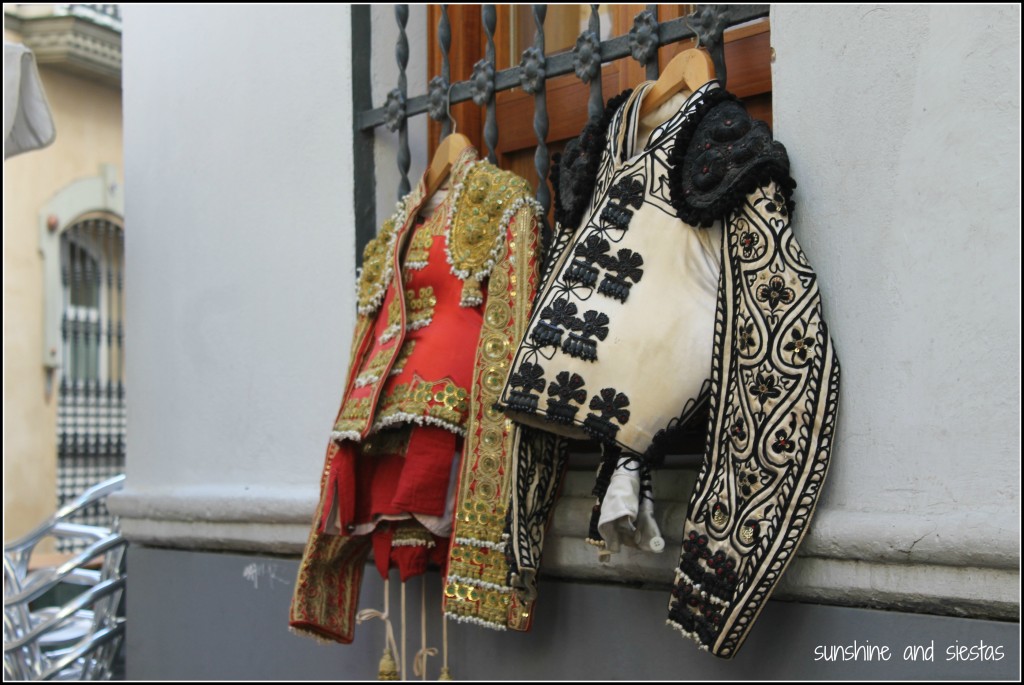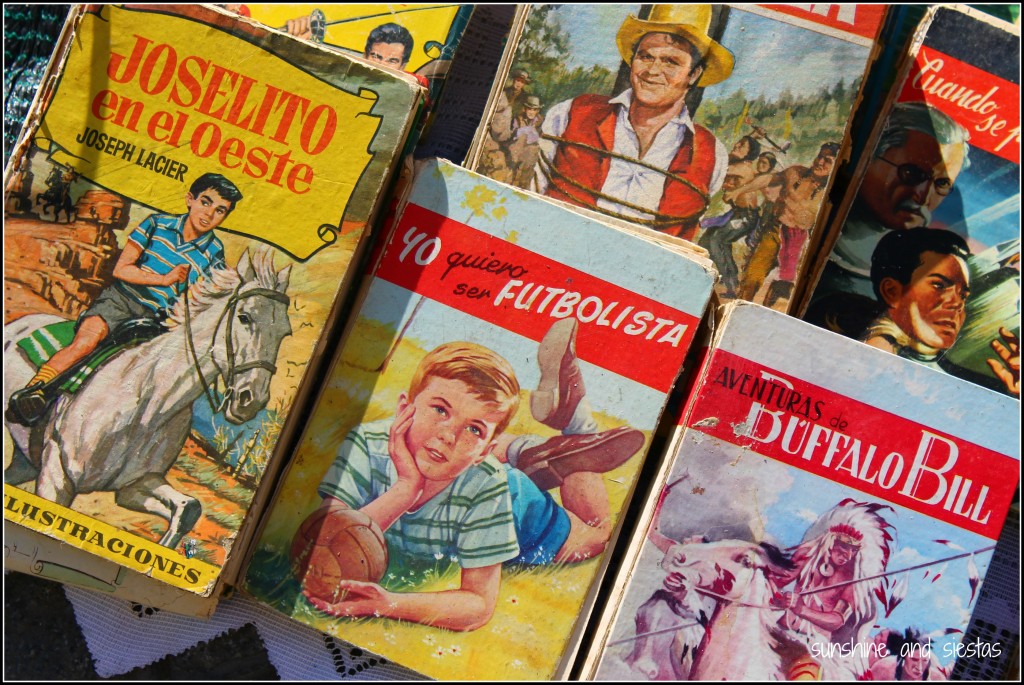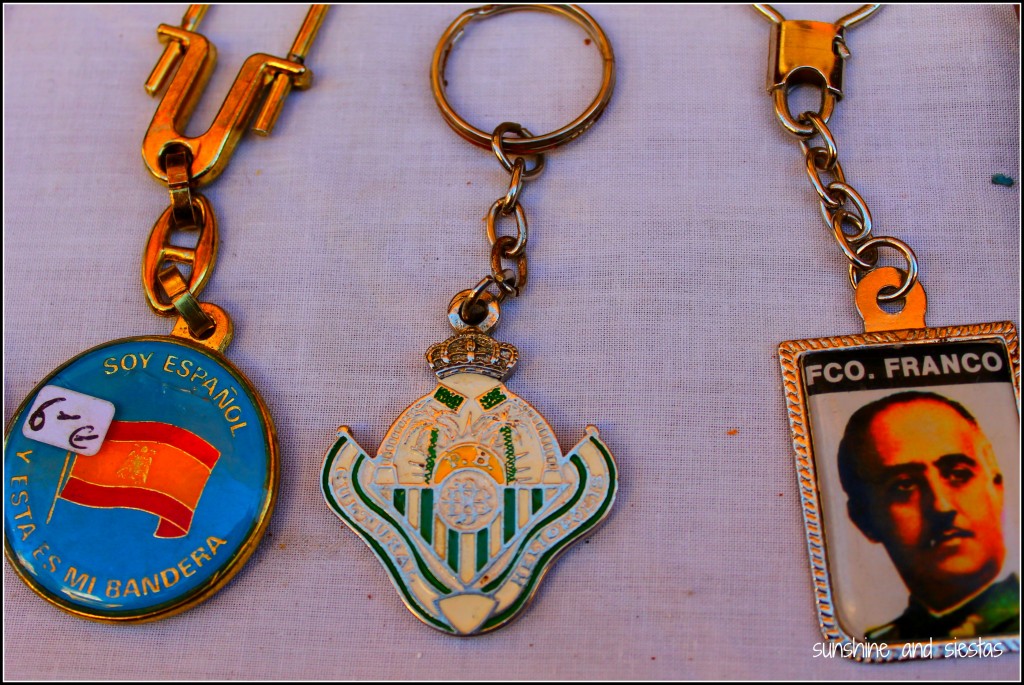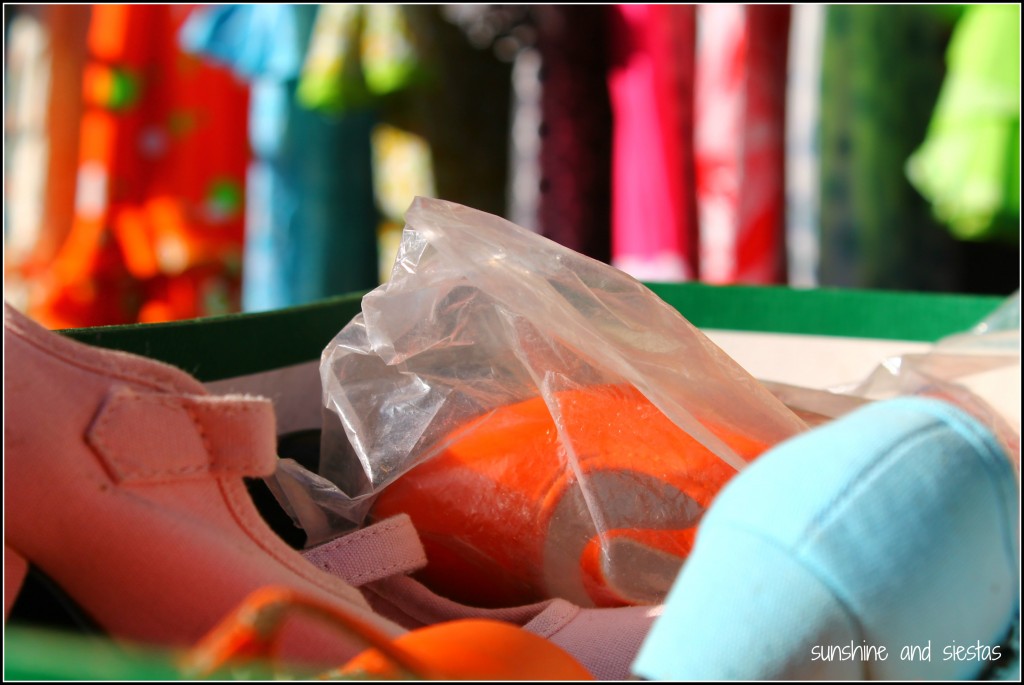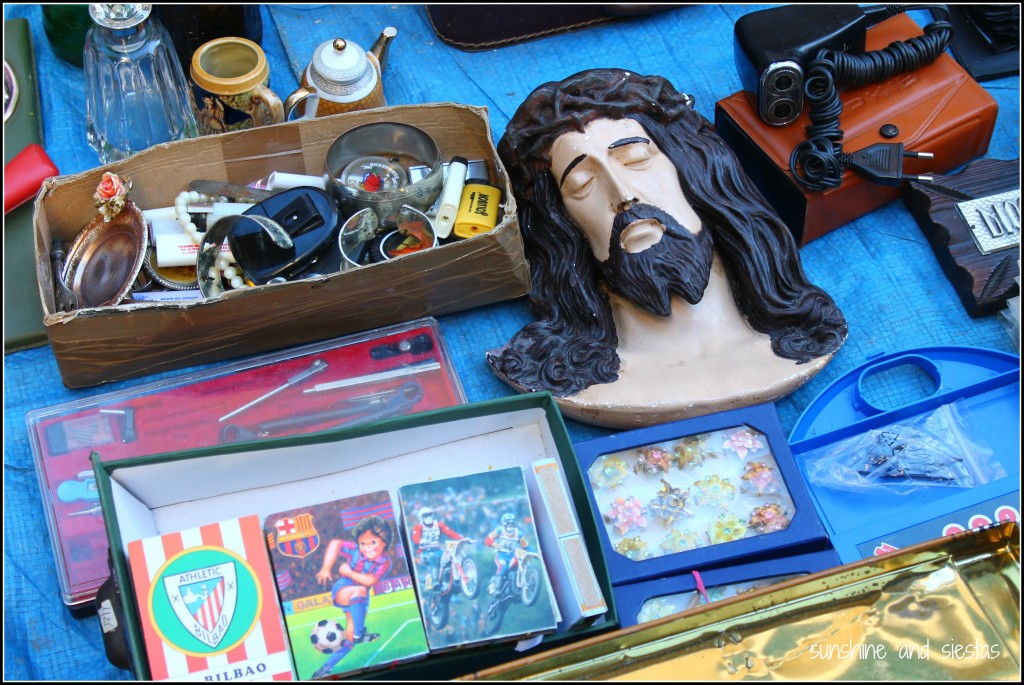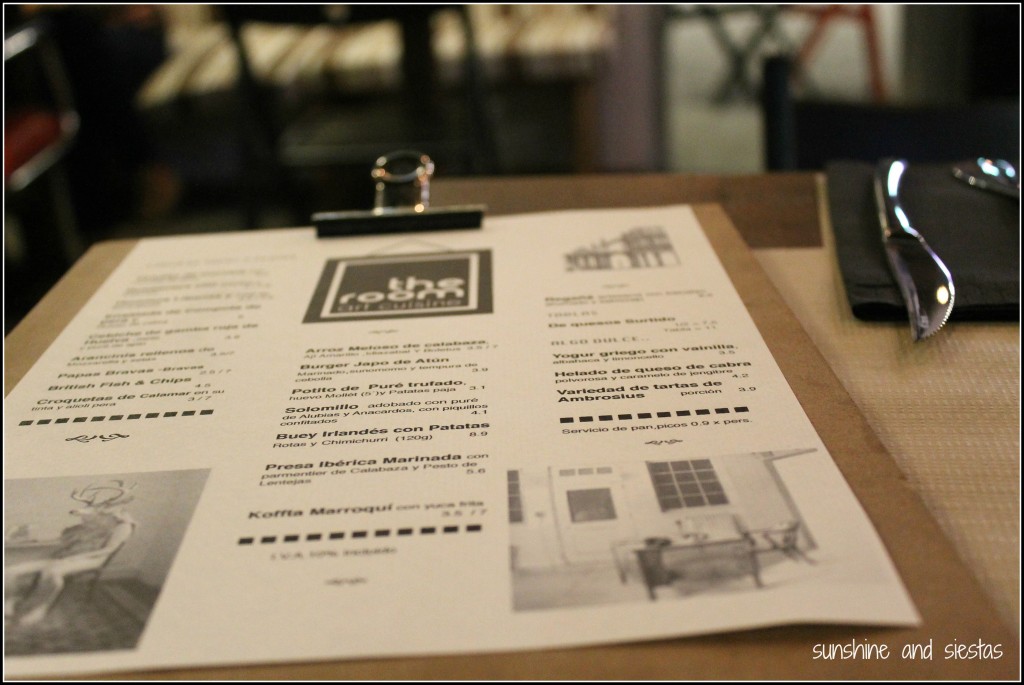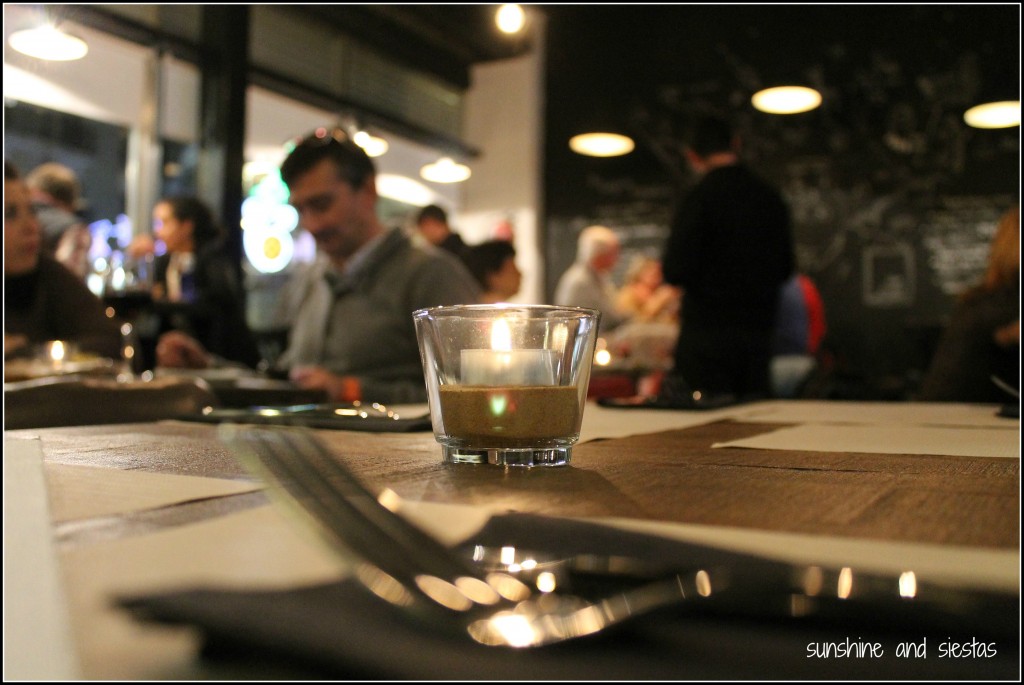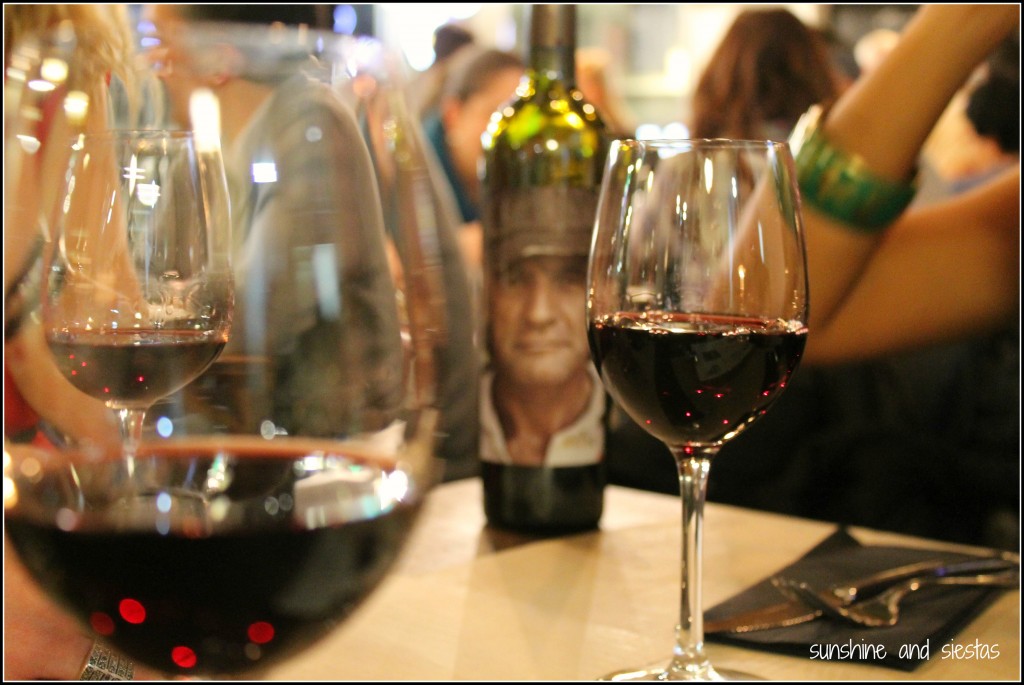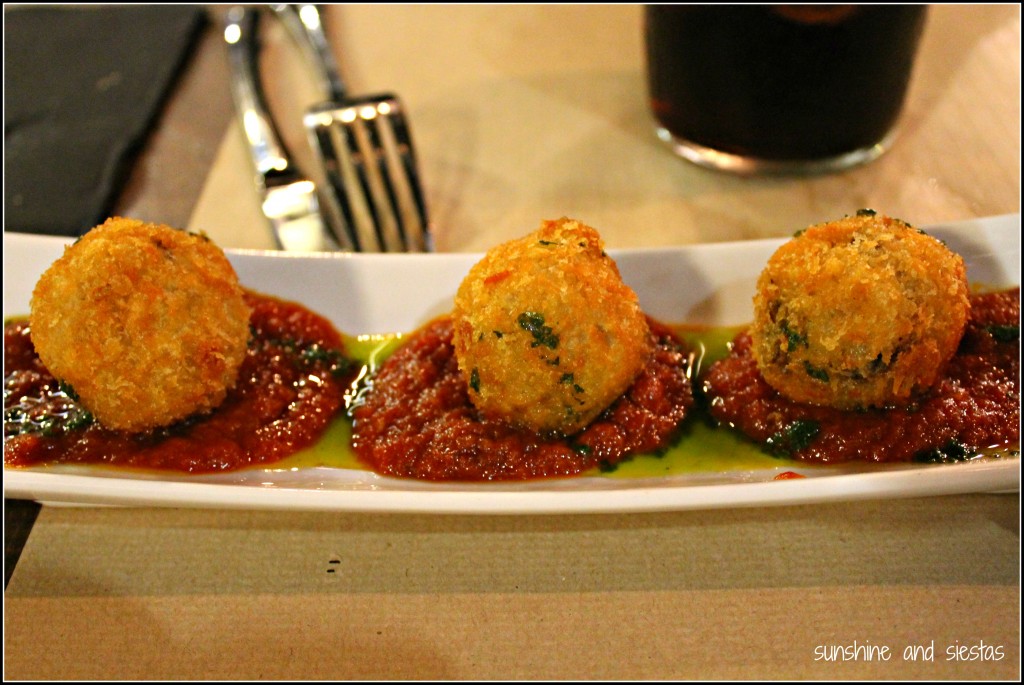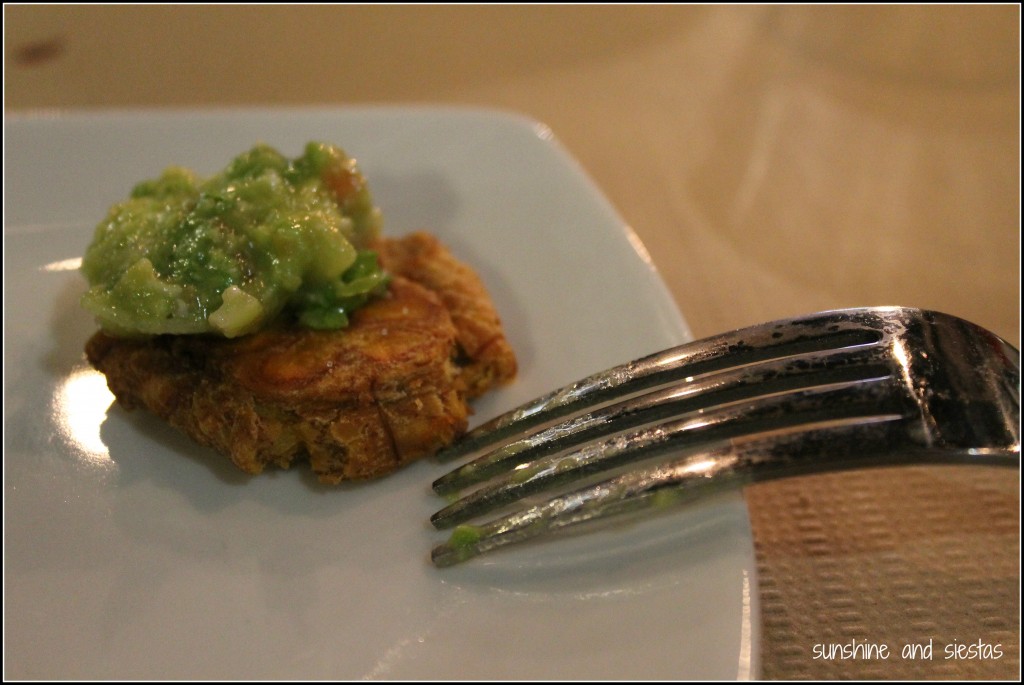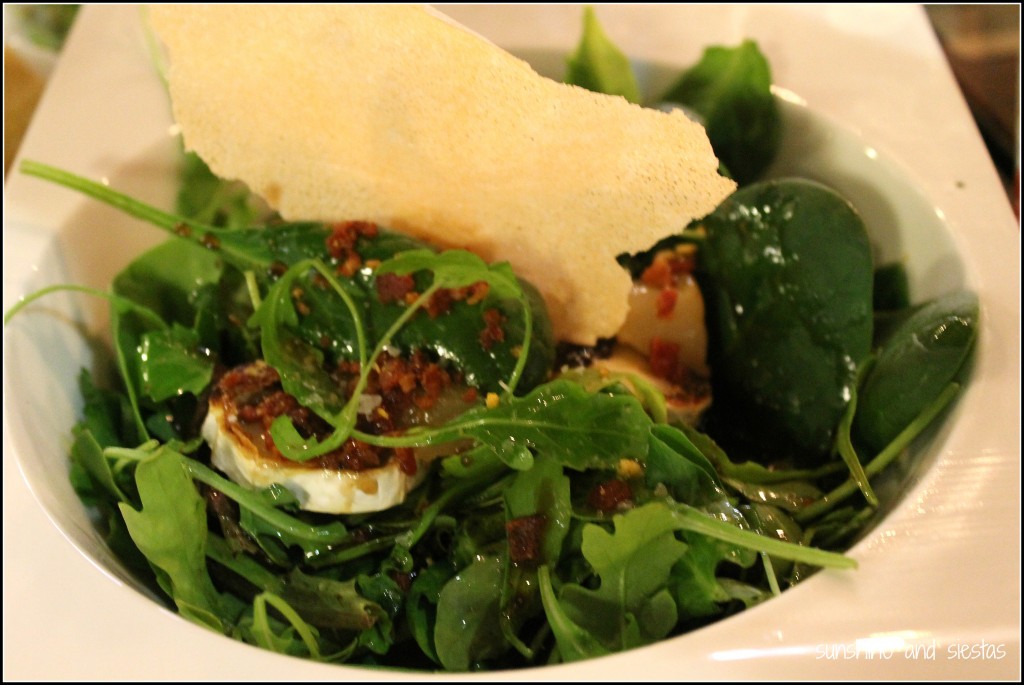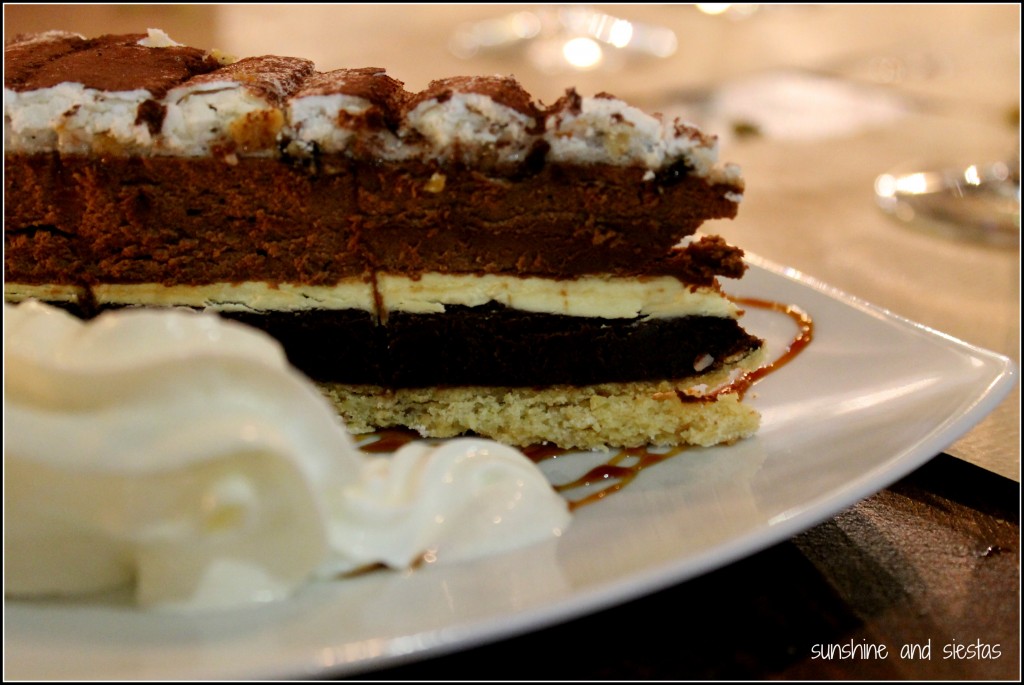Wee, another posts about a gastrobar! I mean, I love a mushroom risotto and fig croquetas like the next guiri, but even with new restaurants opening all the time offering the same sorts of dishes, I was hoping for a little more.
After spending the morning and better part of the afternoon at the Feria de Jamón de Aracena, we were looking for lighter fare for dinner. Faced with only a Spanish decision – either deep-fried at Dos de Mayo or too expensive for end-of-the-month dining at Nazca – I was surprised to find a newer, second branch of the popular Taberna Panduro halfway between the two on Calle Baños.
We arrived early for a Saturday dinner – around 8:30 p.m. – and a few drinks inevitably turned into nibbles. I opted for a wine after a beer drinking marathon at the ham fair, choosing a hearty Jumilla simply because it’s a DO that’s hard to come by out west. Glasses of wine are not only affordable (3.50€ tops), but a number of DOs are represented.
Panduro is just shy of its third birthday, and noted for the quality of its dishes and reasonable prices. We did things the old-fashioned way: everyone chose what they wanted to eat, and we sampled. Jose María had a tatami de atún, I got grilled squid served with risotto and ñora peppers, Hayley opted for the grilled vegetables and Maru had lagrimitas de pollo with guacamole, though I may be wrong about who got what. We ordered cod to round off the last bit go hunger pangs.
The cod was slightly undercooked, and the guacamole didn’t seem too fresh, but the rest of the dishes were spectacular and beautifully presented. This Panduro’s decor was less harsh than the sleek reds and blacks of the sister tavern at Doña María Coronel, near Calle Feria.
The waiter brought us out more bread and olives as the restaurant began to fill up. Even though it’s de rigeur for places to charge for munchies, Panduro left them off the bill.
Had to put myself to bed after this long day, but five oversized tapas and several drinks each had us hovering at 10€ a head. A job well done, I’d say.
If you like Panduro’s offerings, you’ll also like: La Brundilda | The Room Art Cuisines | La Bulla
Panduro is at Calle Baños, 3, open daily but Monday for lunch and dinner.
Have you been to Taberna Panduro? Which of these tapas would you like to try?
